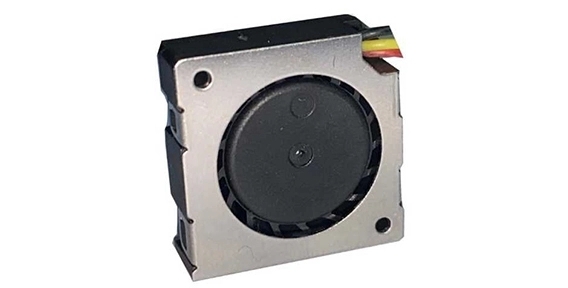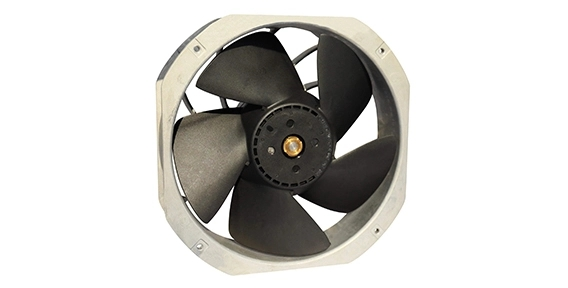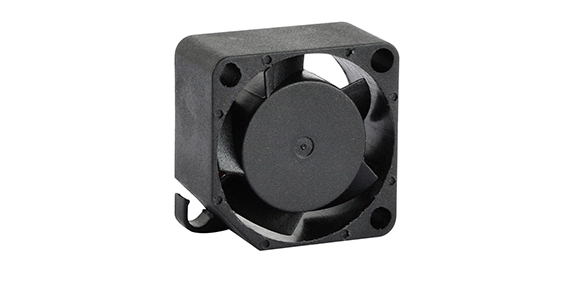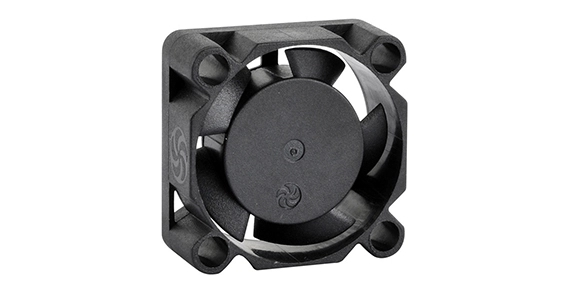DC Blower Fans are widely used in various applications, such as cooling systems, HVAC systems, and electronic equipment. However, these fans are prone to Electromagnetic Interference (EMI), which can degrade their performance and cause malfunctions. In this article, we will explore the challenges associated with EMI in DC Blower Fans and discuss ways to overcome them.
Decoding Electromagnetic Interference (EMI): Understanding the Culprit of DC Blower Fan
EMI refers to the disturbance caused by electromagnetic signals that interfere with the proper functioning of electronic devices. These signals can emanate from a variety of sources, including power lines, radio frequency transmitters, and other electronic devices. EMI can adversely affect the performance and reliability of DC Blower Fans, leading to operational issues.
EMI in the Context of DC Blower Fans: Identifying Vulnerabilities and Risks
DC Blower Fans consist of brushless motors, circuit boards, and power supply components that generate and emit electromagnetic signals. These signals can interfere with other electronic devices in the vicinity and potentially disrupt their operations. The vulnerabilities and risks associated with EMI in DC Blower Fans include:
Interference with nearby electronic components
EMI from DC Blower Fans can interfere with the performance of sensitive electronic components, affecting the overall functionality of the system.
Radio frequency interference (RFI)
DC Blower Fans can emit radio frequency signals that interfere with wireless communication systems, such as Wi-Fi or radio transmitters, causing signal degradation or loss.
Compliance with regulatory standards
DC Blower Fans must meet specific EMI standards and regulations enforced by regulatory bodies to ensure safe and reliable operation and prevent interference with other devices.
Navigating EMI Standards for DC Blower Fans
To mitigate the risks associated with EMI, manufacturers of industrial axial fans must navigate and comply with EMI standards and regulations. These standards define acceptable levels of electromagnetic emissions and provide guidelines for testing and certification. Compliance with EMI standards ensures that DC Blower Fans operate within specified limits and do not interfere with other devices in their vicinity.

Overcoming EMI Challenges in DC Blower Fan Design
Designing DC Blower Fans with effective EMI mitigation strategies is crucial to overcome the challenges posed by EMI. Here are some approaches to tackle EMI challenges in DC Blower Fan design:
Shielding and grounding
Incorporating shielding materials and proper grounding techniques can reduce the emission and susceptibility of DC Blower Fans to external electromagnetic interference.
Filtering components
Adding filters, such as capacitors and inductors, to the electronic circuitry of DC Blower Fans can suppress unwanted electromagnetic emissions and improve overall EMI performance.
Layout optimization
Carefully designing the layout of circuit boards, wiring, and other components within the fan can minimize the coupling of unwanted electromagnetic signals, reducing the impact of EMI.
EMI presents significant challenges in the design and operation of DC Blower Fans. Understanding the causes and risks associated with EMI is essential to overcome these challenges successfully. By complying with EMI standards, implementing effective mitigation strategies, and optimizing design, manufacturers can ensure that DC Blower Fans operate reliably and do not interfere with other devices in their vicinity.


 EN
EN 

 +
+
 +
+
 +
+



